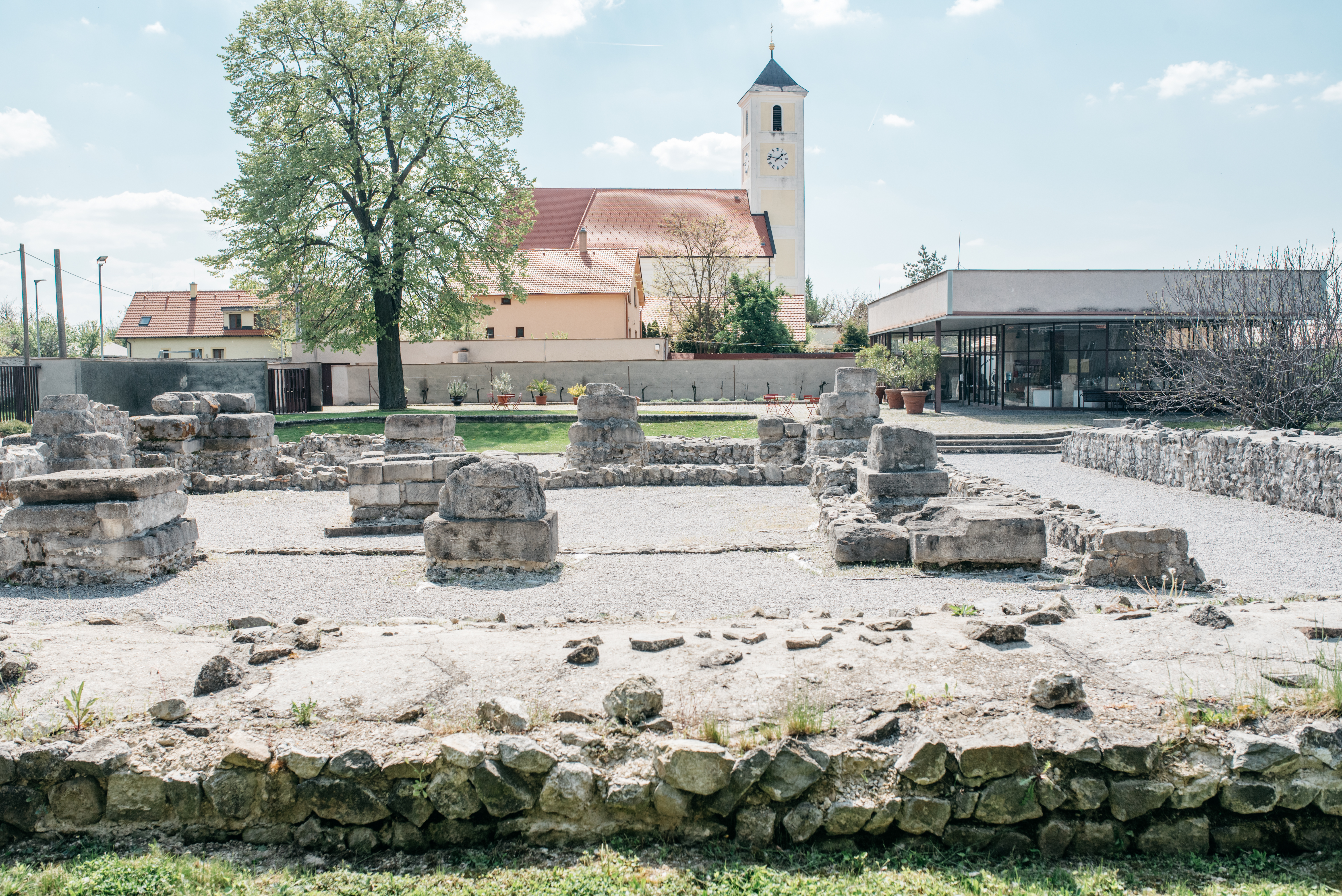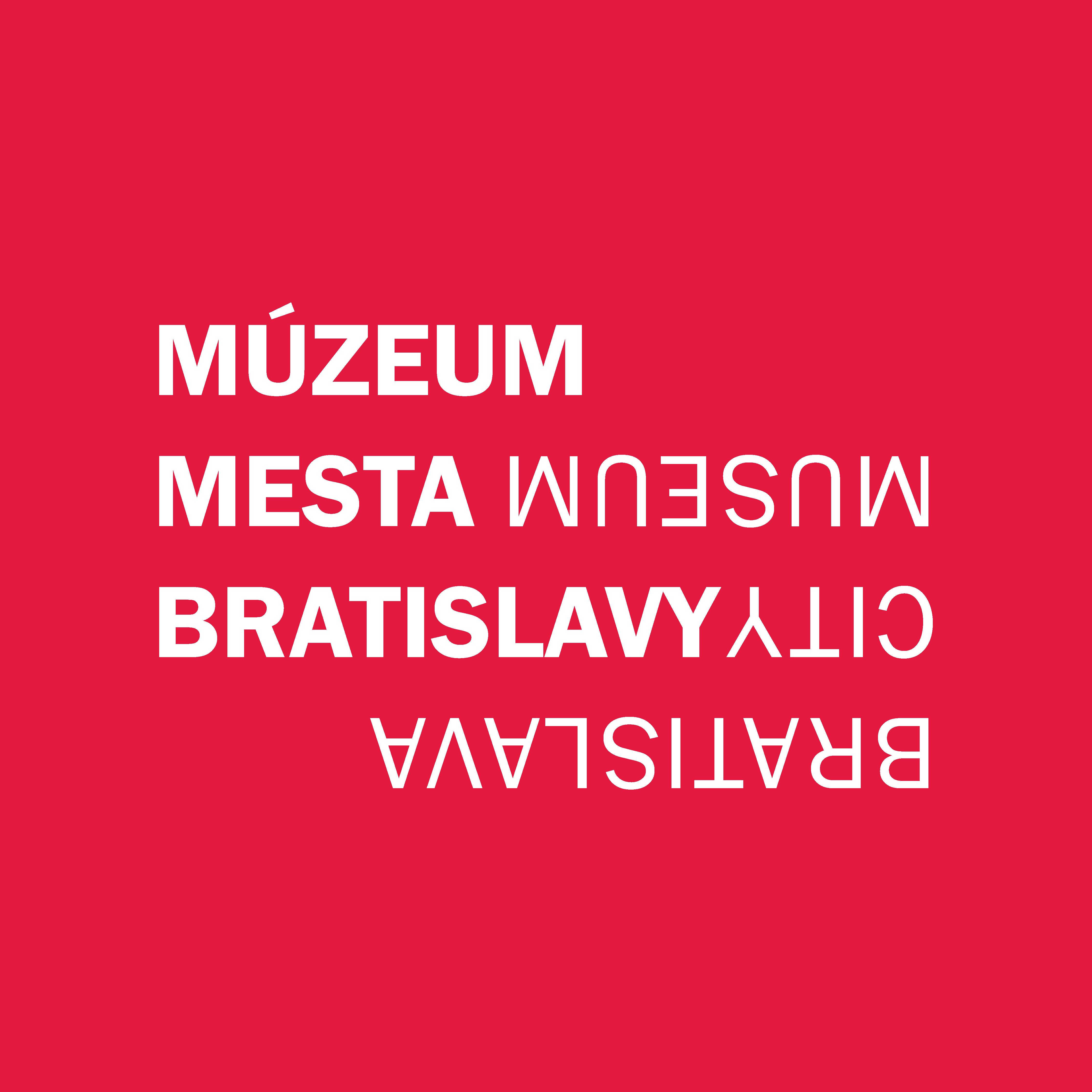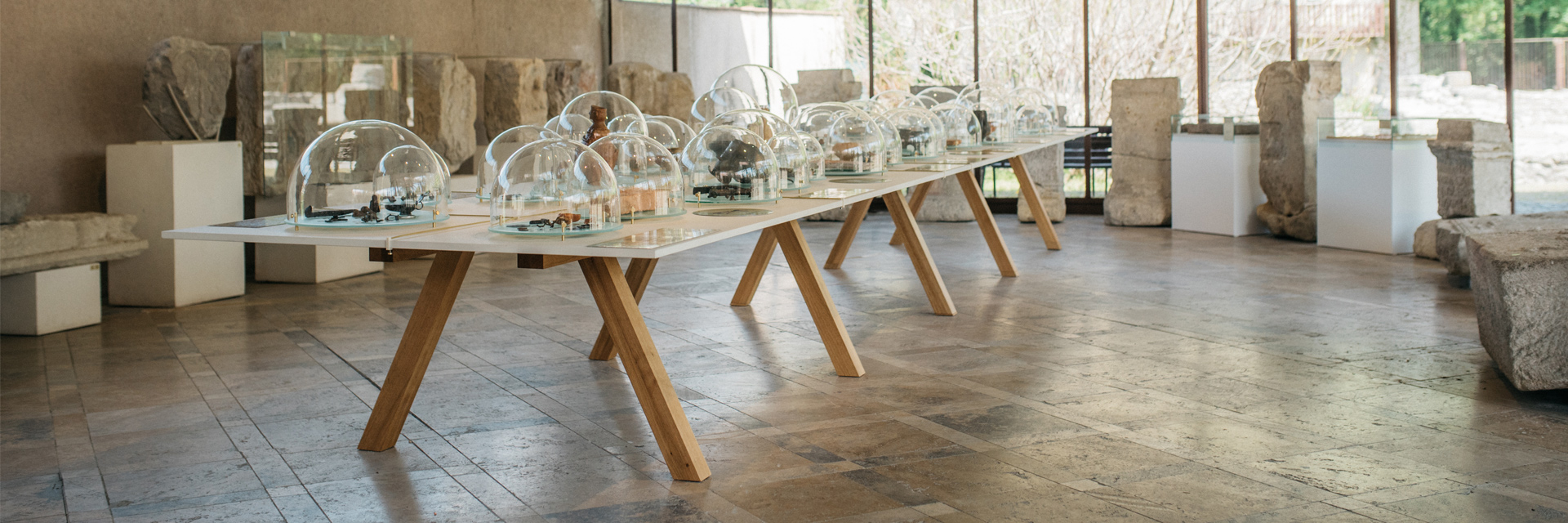
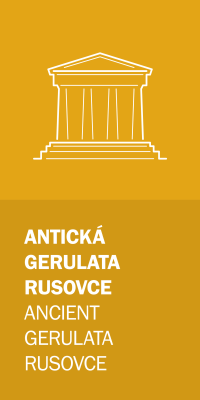
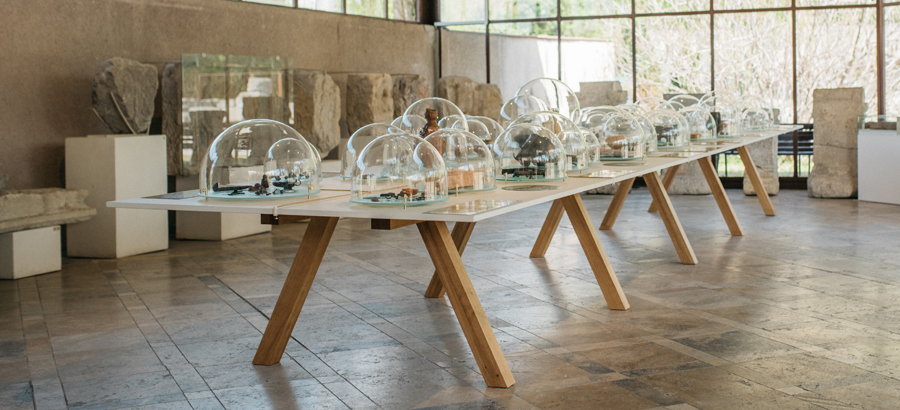
+421 259 100 812
mmba@bratislava.sk
Gerulata on the borders of the Roman Empire
The frontiers of the Roman Empire, also known as the Limes Romanus, are part of a common cultural heritage not only of the Mediterranean countries. The Limes consisted of a system of legionary fortresses, forts of the auxiliary regiments, and watchtowers, and allowed the Romans to control a continuous area of the Roman Empire. The stations of the defensive system were connected by limes roads.
An important function of the frontiers was to control movement inside and outside the Empire, a task that was primarily fulfilled by spies and river fleets. They controlled the country as well as frontier rivers and seas. The frontiers also served as a membrane, through which both Roman ideas and items of everyday use spread to the world on the other side. Commercial relationships, which reached as far as India and beyond in the east, Sahara in the south and the Baltic Sea in the north, brought a wide range of goods to the empire, demonstrably affecting even those countries that the Romans never conquered.
The present territory of Slovakia was not part of the Roman Empire, with an exception of a small area on the right bank of the Danube. Today, this area with the ruins of the Gerulata Fort is called Rusovce and is a district of Slovakia’s capital, Bratislava. The Kelemantia Fort (Iža – Leányvár near Komárno) was part of the Limes as a Roman bridgehead on the Danube’s left bank.
At the turn of the eras, the territory conquered by the Romans extended to the future Danube border. During the reign of Emperor Domitian (69 – 96), the soldiers of the fifth Lucensian cohort established an earth-and-timber fort, Gerulata, in the territory of present-day Rusovce. During Trajan’s rule (98 – 117), the defensive system of the Limes was perfected, and Gerulata saw the arrival of the Ala I Cannanefatum cavalry unit.
The development of Gerulata can be divided into four periods. Despite the fact that the name Gerulata is found on a medieval transcript of the Roman road map Tabula Peutingeriana, an itinerarium of the Roman state postal service, its location in current topography was long unknown. Until the 1960s, a small hill called Bergl, situated behind the Church of St Mary Magdalene, was hiding a medieval fortlet built in the 11th century on the stone foundations of Gerulata’s fourth building phase. Excavations of various buildings produced further new knowledge, which complements Gerulata’s archaeological topography like a jigsaw puzzle. We have unearthed the locations of Gerulata’s first, third and fourth building phases, seven cemeteries, and parts of the fort settlement, where we investigated a technologically advanced “house with a hypocaust”, i.e. with underfloor heating.
The abundant finds of material culture and more than 40 original epigraphical artefacts discovered in the fort and in the fort village not only date the presence of people in the Gerulata fort, but also tell us how Gerulata’s inhabitants fought, what deities they worshipped, what clothes and decorations they wore, and how they cured or amused themselves.
The frontiers of the Roman Empire – the Danubian Limes (its western section) – were inscribed on the prestigious UNESCO World Heritage List, along with its sections in Germany and Austria, on 30 July 2021.
The inscription concerns the first, western section of the Danubian Limes and contains 77 monuments of the Roman frontier system on the Danube in the length of 600 km from Bad Gögging in Bavaria to Iža in Slovakia. With this inscription, Slovakia has acquired its eighth UNESCO World Heritage Site.
Long-term archaeological research in Rusovce resulted in an extensive collection of archaeological finds. Among extraordinary finds there is a collection of stone art works – votive altars with inscriptions – and of sepulchral artefacts with rich figural and vegetal decoration. Many finds are related to the presence of troops. Decorations include engraved gems, buckles, bracelets, pendants and amulets. And also the collection of coins is remarkable – with the exception of a short pause in the 1st half of the 3rd century there are coin mintages of Roman emperors.
The last phase of the Gerulata reconstruction was carried out in the 4th century. Finds from the research of Langobard burial site with 166 tombs on the outskirts of Rusovce represent an evidence of the favourable position of the locality also in the next historical era known as the migration period.
Author of the exhibition: PhDr. Jaroslava Schmidtová.
| Seasonal operation from April 1 until October 31. | ||
|
|
April, October | May – September |
| Monday | closed | closed |
| Tuesday | closed | 10.00 – 18.00 |
| Wednesday | closed | 10.00 – 18.00 |
| Thursday | 10.00 – 17.00 | 10.00 – 18.00 |
| Friday | 10.00 – 17.00 | 10.00 – 18.00 |
| Saturday | 10.00 – 17.00 | 10.00 – 18.00 |
| Sunday | 10.00 – 17.00 | 10.00 – 18.00 |
| Last entry 30 minutes before closing time. | ||
| New Year's Day (1. 1.) | closed | |
| Good Friday | closed | |
| Christmas Eve (24. 12.) | closed | |
| Christmas Day (25. 12.) | closed | |
| Second Christmas Day (26. 12.) | closed | |
| New Year's Eve (31. 12.) | closed | |
| Seasonal operation from April 1 until October 31. | |
| General Admission (entry to the area is free of charge) |
4 € |
| Reduced Admission (children from 6 to 15, students, seniors) |
2 € |
| Family Ticket (2+3) | 9 € |
| Family Ticket (1+2) | 5 € |
| School Group (per person) | 1 € |
| Free Admission (children under the age of 6, disabled person card´s holders and their guides, teachers – one person per 10 students, ICOM and ICOMOS card holders, members of Union of Museums in Slovakia, Czech Association of Museums and Galleries, Bratislava CARD, MultiSport Card) |
0 € |

